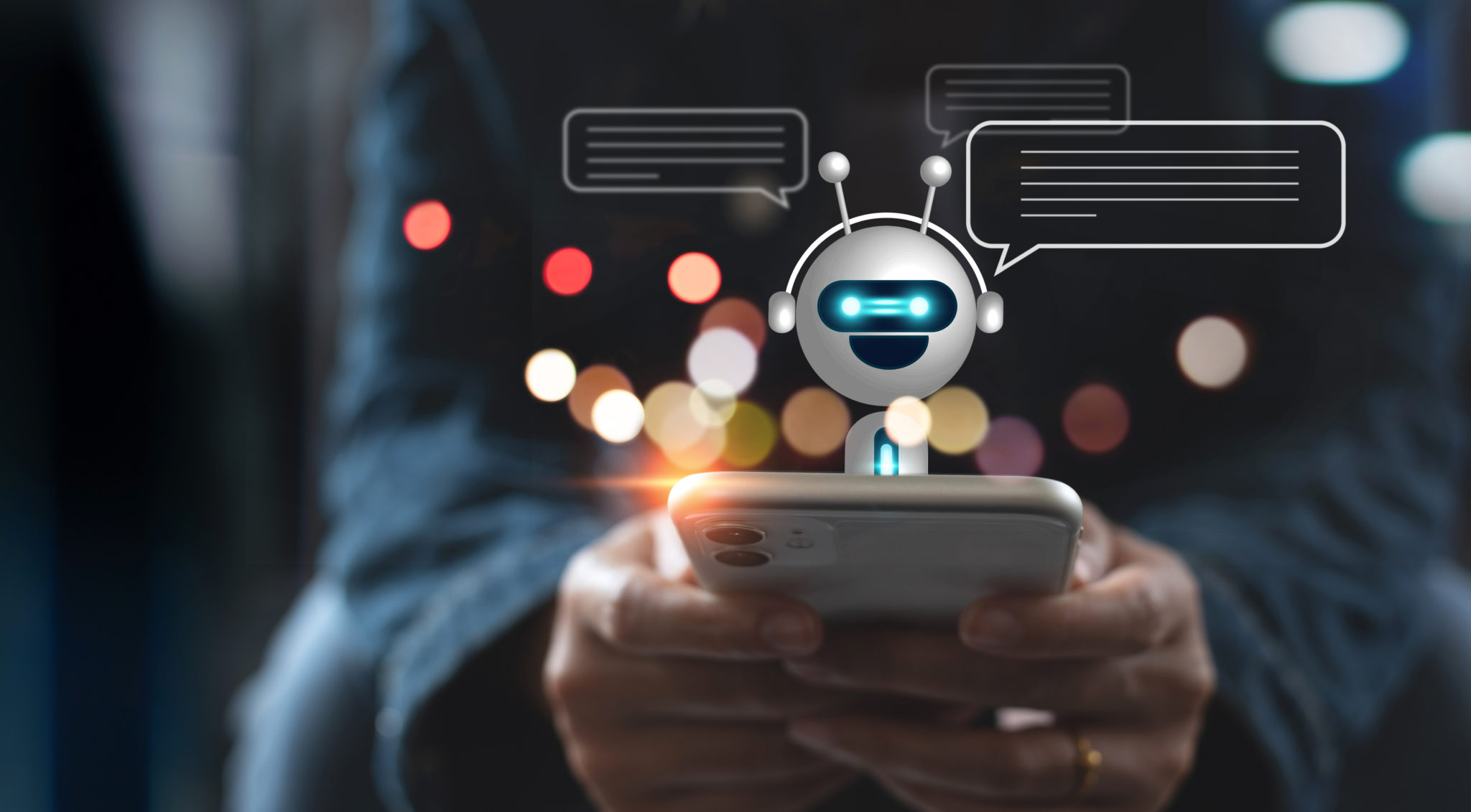
In recent years, artificial intelligence (AI) has permeated various aspects of our lives, and one of the most transformative applications has been the development of AI chatbots. These virtual assistants are reshaping how businesses interact with customers, streamline operations, and enhance user experiences. In this article, we'll explore what AI chatbots are, how they work, their benefits, challenges, and the future of this technology.
What is an AI Chatbot?
An AI chatbot is a software application designed to simulate human conversation through text or voice interactions. They utilize natural language processing (NLP) and machine learning (ML) algorithms to understand and respond to user queries in a conversational manner. AI chatbots can be found on various platforms, including websites, messaging apps, and social media channels, making them accessible to users wherever they are.
Types of AI Chatbots
Rule-Based Chatbots: These operate on predefined rules and scripts. They can only respond to specific commands and queries, making them limited in their capabilities. They are generally easier to develop but can lead to frustrating experiences if users deviate from expected inputs.
AI-Powered Chatbots: These bots leverage machine learning and NLP to understand context and sentiment, allowing for more dynamic and engaging interactions. They learn from previous conversations and can improve over time, making them more effective in addressing user needs.
How AI Chatbots Work
AI chatbots function through several key components:
Natural Language Processing (NLP): This technology enables chatbots to comprehend and process human language. NLP helps them interpret user input, identify intent, and extract relevant information.
Machine Learning (ML): ML algorithms allow chatbots to learn from interactions and improve their responses. The more data they process, the better they become at predicting and understanding user behavior.
Integration with APIs: Many chatbots can connect with external systems and databases through APIs, allowing them to provide real-time information, such as order statuses or weather updates.
User Interface (UI): Chatbots can be deployed in various environments, from websites and mobile apps to messaging platforms like WhatsApp and Facebook Messenger, ensuring they meet users where they are.
Benefits of AI Chatbots
24/7 Availability: Unlike human agents, AI chatbots can operate around the clock, providing instant support to users at any time. This is particularly valuable for businesses with a global audience.
Cost Efficiency: Implementing chatbots can significantly reduce operational costs. By handling routine inquiries, they free up human agents to focus on more complex tasks, enhancing overall productivity.
Scalability: Chatbots can handle multiple inquiries simultaneously, making them an ideal solution for businesses experiencing spikes in demand or growth.
Personalization: Advanced AI chatbots can analyze user data to deliver tailored experiences. They can remember previous interactions, preferences, and behaviors, making conversations more relevant and engaging.
Improved Customer Experience: Quick response times and efficient problem resolution contribute to a positive customer experience. Chatbots can guide users through processes, answer FAQs, and provide support without the need for human intervention.
Challenges and Limitations
While AI chatbots offer numerous advantages, they also face several challenges:
Understanding Context: Although AI chatbots are becoming more sophisticated, they can still struggle with understanding context, sarcasm, or complex queries. Misinterpretations can lead to frustrating experiences for users.
Limited Emotional Intelligence: While some chatbots can recognize sentiment, they lack true empathy and emotional intelligence, which can be crucial in certain customer service situations.
Maintenance and Updates: To remain effective, chatbots require regular updates and maintenance to ensure they adapt to changing user needs and business processes.
Privacy and Security: Collecting and processing user data raises concerns about privacy and security. Businesses must ensure they comply with regulations and protect user information.
The Future of AI Chatbots
The future of AI chatbots looks promising, with ongoing advancements in AI technology. Some potential trends include:
Enhanced NLP Capabilities: As NLP technology continues to evolve, chatbots will become better at understanding nuances in human language, leading to more natural interactions.
Voice-Activated Assistants: With the rise of voice-activated devices, chatbots will increasingly incorporate voice recognition, allowing users to interact through spoken language.
Greater Integration with IoT: As the Internet of Things (IoT) expands, chatbots will be able to communicate with connected devices, providing users with seamless control over their smart environments.
Hyper-Personalization: Future chatbots may leverage advanced analytics to deliver even more personalized experiences, anticipating user needs and preferences based on their behavior.
Collaborative Chatbots: We may see a rise in chatbots that work alongside human agents, providing them with real-time data and suggestions to enhance service quality.
Conclusion
AI chatbots are rapidly transforming the landscape of communication and customer service. Their ability to provide instant support, enhance user experiences, and streamline operations makes them invaluable tools for businesses today. As technology continues to advance, we can expect chatbots to become even more sophisticated, paving the way for innovative applications that will further change how we interact with technology and each other. Embracing this evolution will be crucial for businesses looking to stay competitive in an increasingly digital world.
